3 brake options for kingpinless swivel or rigid casters in heavy duty industrial caster applications
Braking is a very popular choice for heavy industrial casters.
The brakes allow the user to stop the movement of the trolley and lock them in the appropriate position, which can serve the purpose of the application or improve safety by reducing the chance of out-of-control trolley.
There are many different types of casters brakes that have different properties.
This article will discuss some of the more popular brake designs. 1.
The polyurethane Cam brake utilizes a Cam made of polyurethane.
The cam is then used to tighten the plate to the running surface of the wheel and lock the wheel in place.
The cam can be driven by a variety of different methods, from the handle to the lever directly molded to the Cam.
The polyurethane Cam brake provides a good holding force that can be adjusted according to the distance from the cam to the wheel.
Another advantage of this braking is that the drive method can be done with the foot, so it can eliminate the strain of the operator\'s bending driven by hand.
These brakes can be mounted on the front and rear edges of the casters. 2.
The face contact brake uses a screw bar to push the plate into the running surface of the wheel.
There is a handle at the end of the screw bar, tightened by hand.
These brakes provide a lot of holding power and are good in heavy duty applications.
These brakes can be mounted on the front and rear edges of the casters.
The disadvantage of this brake is that the operator needs to bend over and tighten/loosen the brake with his hand, which increases the strain of the operator and can take up more than 1 feet of the time to drive the brake. 3.
The side brake utilizes the 1 feet pedal on the side of the caster, which pushes the gasket into the wheel hub when starting.
These brakes are very easy to lock and unlock and can be done with the operator\'s feet.
They also occupy a very small space because they are mounted on the side of the casters and installed within the rotation radius of the casters.
The downside of these brakes is that they do not provide much holding power and are therefore more suitable for light-duty applications.
These are just a few of the more popular brake designs for heavy industrial casters.
Choosing the right brake design can improve the operation and safety of the caster application.
Dry Oil type, large viscosity, large proportion, in-
18.
Believe it or not, the answer is definitely yes!
This natural oil has excellent moisturizing and healing properties and few people can match it.
Zhongshan Dajin caster Co.,Ltd.
